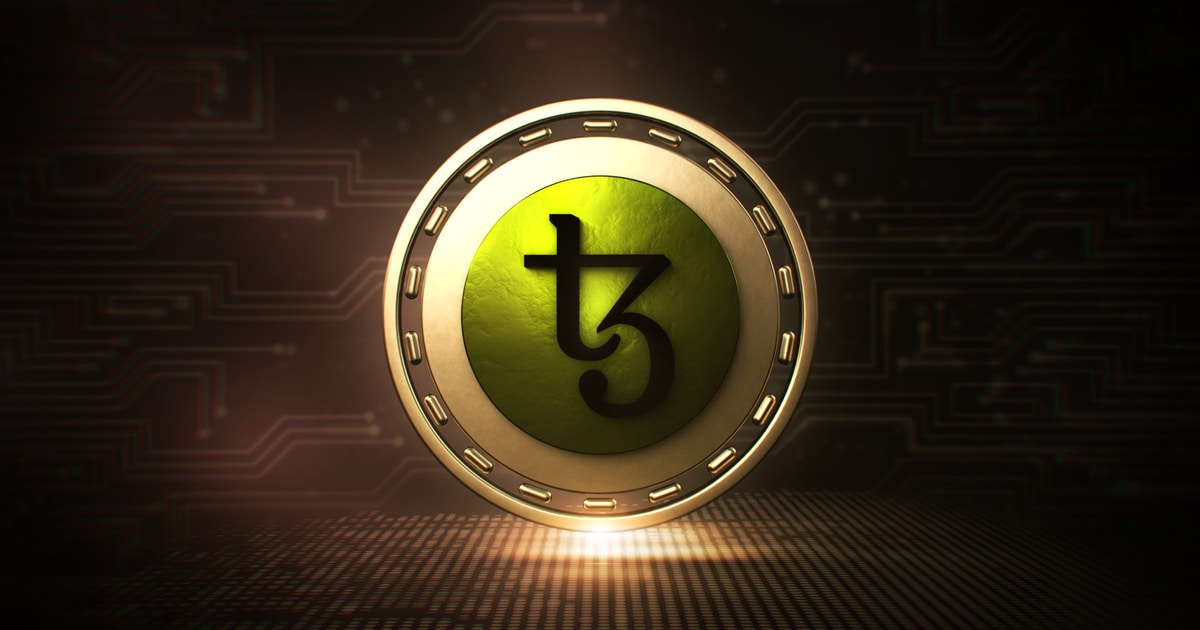Tezos Makes Power Move: RISC-V Integration Supercharges Smart Rollups
Tezos just leveled up its scalability game—by bringing RISC-V into its smart rollup infrastructure. Here's why it matters.
The RISC-V Edge: More Muscle for Decentralized Apps
No more begging for scraps of block space. Tezos' integration lets devs build rollups with RISC-V's open-source architecture—cutting costs and bypassing the clunky virtual machines of legacy chains.
Wall Street Won't Get It (But Builders Will)
While TradFi still argues about 'blockchain vs. databases,' Tezos is quietly giving developers the tools to outpace Ethereum's L2 circus. The best part? No VC middlemen taking a cut.
One step closer to making 'web3 scale' something other than an oxymoron—and another reminder that the real innovation happens far from Coinbase's quarterly earnings calls.

In a significant development for the blockchain community, Tezos is integrating RISC-V into its smart rollup framework, a move expected to enhance the performance and flexibility of decentralized applications. According to Tezos, this integration aims to expand the toolkit available to developers and users, promising faster and more cost-effective applications.
Understanding RISC-V
RISC-V, pronounced “risk five,” is an open-source computer instruction set that serves as a foundational language for processors. Unlike traditional instruction sets like x86 or ARM, RISC-V is designed to be minimal and modular, making it easy to customize and audit. Its open-source nature has made it increasingly popular in chip design and embedded systems, and now, it's entering the blockchain space through Tezos.
Why Tezos is Adding RISC-V
Tezos has traditionally used WebAssembly (WASM) for its rollups, which, while effective, has limitations in handling advanced functionalities like runtime code generation. RISC-V is not replacing WASM but complementing it, acting as a custom-built power tool compared to WASM's Swiss Army knife. This inclusion allows for more efficient generation and verification of fraud proofs, precise gas usage tracking, and the execution of complex compiled code.
Impact on Developers and Users
For developers, the introduction of RISC-V into the Tezos ecosystem means fewer limitations and more robust tooling, allowing for the creation of more sophisticated applications. Users, on the other hand, can anticipate faster and more efficient apps as rollups leverage RISC-V for improved performance and flexibility.
Tezos' Strategic Move
Tezos has been planning this integration for some time, with engineers having already built a compliant interpreter in Rust and begun its integration into the rollup infrastructure. While other blockchain platforms, such as Ethereum, are only beginning to explore RISC-V, Tezos is already deep into its implementation phase. This strategic MOVE underscores Tezos' commitment to making thoughtful engineering decisions that prioritize long-term performance and security over short-term hype.
As the blockchain landscape continues to evolve, Tezos' integration of RISC-V is poised to solidify its position as a forward-thinking platform dedicated to enhancing the capabilities of decentralized applications.
Image source: Shutterstock- tezos
- risc-v
- blockchain
- smart rollups

